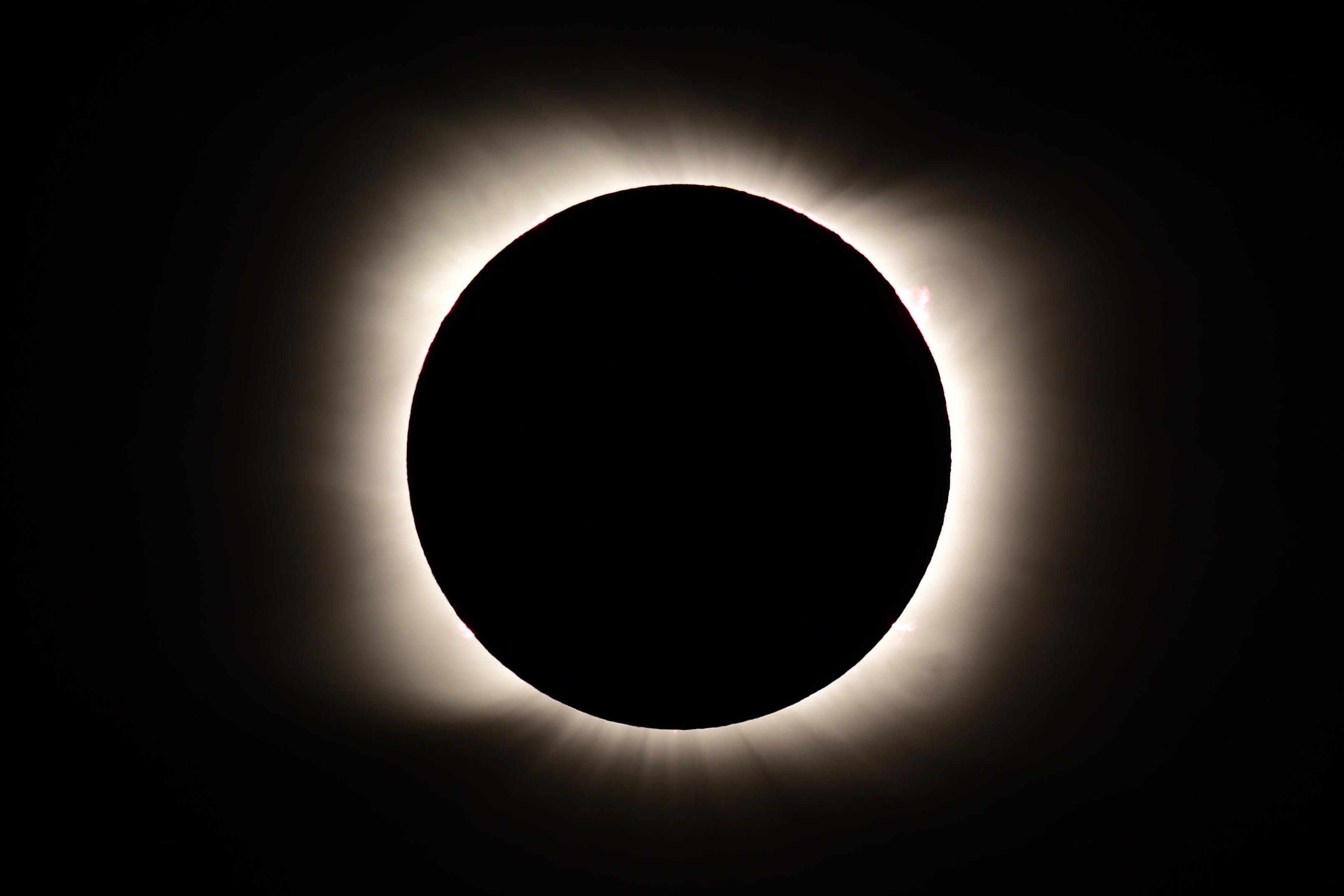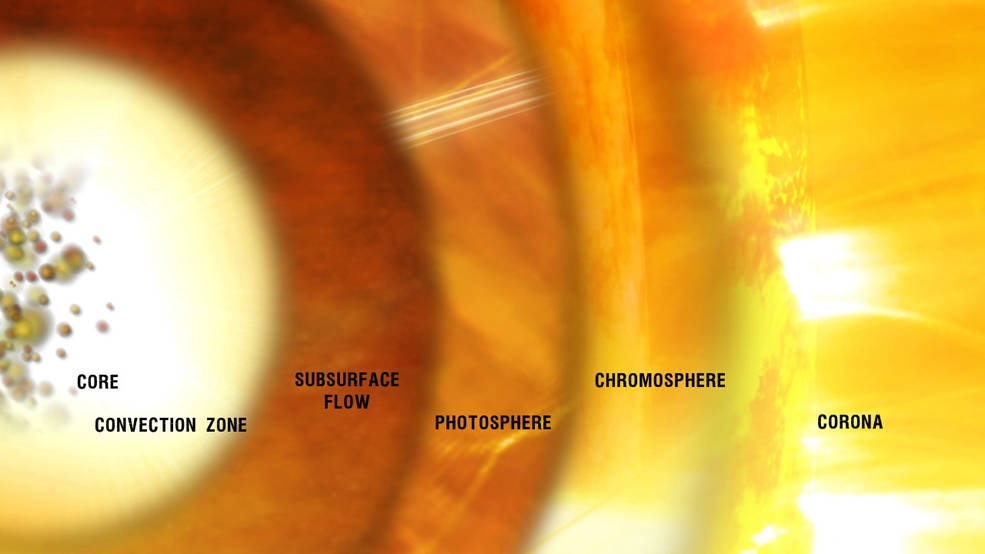
The Parker Solar Probe was designed to orbit the sun at least 24 times. Those thrusters need fuel, and eventually the spacecraft will run out of juice. Thrusters always orient the shields into the right position. When facing the sun, this "thermal protection system" safeguards the instruments behind it from heat radiation that's 475 times more powerful than anything Earth-orbiting satellites experience.įor the Parker Solar Probe to do its job, the thermal protection system continually faces the sun. The shield looks more like a snail's shell than a turtle's: Instead of enveloping the entire probe, it sits on one side of it. To protect most of its data-collecting instruments, the Parker Solar Probe was fitted with a custom-made heat shield, consisting of two carbon-composite boards, an outer layer of reflective paint and a lightweight foam core. But before we can even think about such a high-risk mission, we'll need to see how the Parker Solar Probe fares. NASA research scientist Eric Christian has said that it might someday be possible to design a vessel that could safely take human astronauts within 4 million miles (6.4 million kilometers) of the sun.

If you were sent adrift in nothing but an average NASA spacesuit, solar radiation would claim your life before you'd so much as reached the halfway point between Earth and the sun.Ĭlearly, you'd fare better inside a spaceship. A 2016 survey found that astronauts who'd flown outside of low-Earth orbit were more likely to die of heart attacks or strokes than their peers who stayed closer to the home planet. High radioactivity levels in deep space may be linked to cardiovascular problems. Dangerous types of radiation intensify as you get closer to the sun. The sun emits a huge amount of radiation, including some forms that we perceive as visible light. We can actually see the spacecraft flying through coronal structures that can be observed from Earth during a total solar eclipse." "We see evidence of being in the corona from magnetic field data, solar wind data and visually in white-light images. "Flying so close to the sun, Parker Solar Probe now senses conditions in the corona that we never could before," Nour Raouafi, the Parker Solar Probe project scientist at John Hopkins University Applied Physics Laboratory, said in a press statement. The first flyby lasted about four hours and the Parker Solar Probe got as close as 3.83 million miles from the sun's surface. These are massive structures that rise from the sun like ribbons. The spacecraft dipped to just 14.97 solar radii (6.4 million miles) from the sun's surface through an area in the corona known as a pseudostreamer. That's where the Parker Solar Probe passed through on its eighth flyby of the sun April 28, 2021. No one knows why this is NASA hopes that the Parker Solar Probe will find some clues. In some places, the corona is liable to be 300 times hotter than the surface. The corona begins roughly 1,300 miles (2,100 kilometers) above the surface and extends far into space.

A layer of blistering plasma, it represents the uppermost portion of the sun's atmosphere. You know that halo of light that creeps out from behind the moon during a solar eclipse? That's the corona. Curiously though, the area that surrounds the sun is even hotter. The sun's surface temperature is a stifling 10,340 degrees Fahrenheit (5,726 degrees Celsius). Extreme heat is the most obvious concern.


 0 kommentar(er)
0 kommentar(er)
